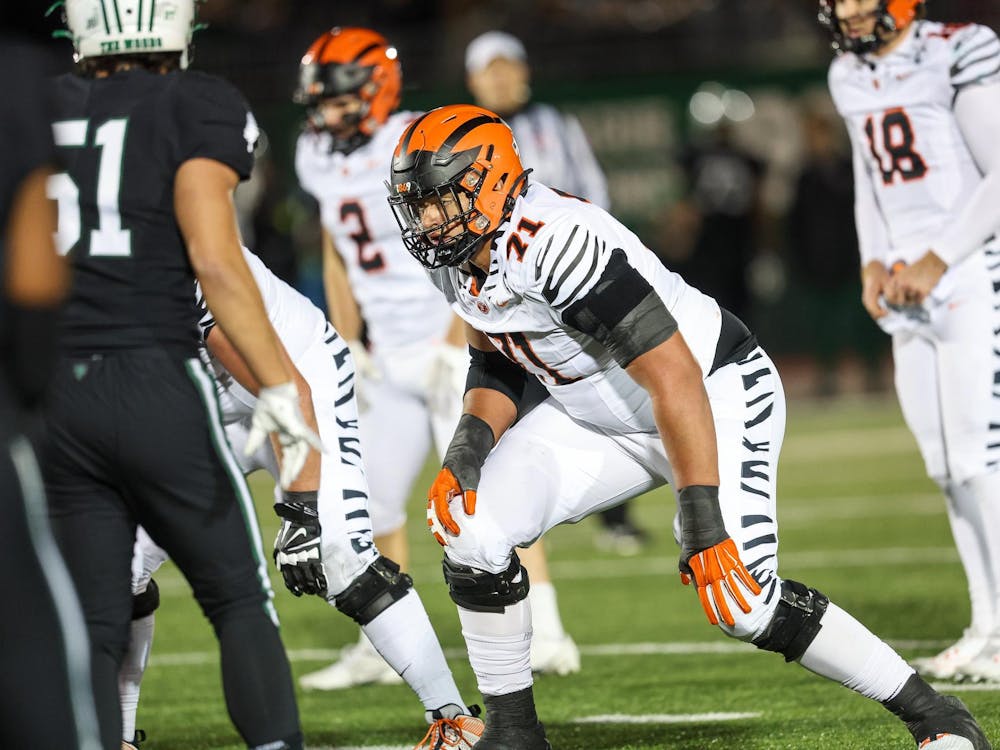It’s no secret that the NFL has been incredibly quarterback-dominated in the past few seasons, a point that has been made on plenty of occasions by numerous credible writers (and also by myself). For example, the R-squared value (a statistical measure of how much one factor explains another, in case you like math as much as I like bananas and the Dallas Cowboys) between team quarterback rating and team winning percentage for the 2009 season was an incredible .65, meaning that quarterback rating explained 65 percent of a team’s success all by itself. Not only is this an extraordinarily high correlation, it was actually higher than the correlation between winning percentage and total points allowed (R-squared of .46).
That correlation is not nearly as high this year, but this season still stands out for the remarkably high number of quality quarterbacks and the uncompromising fact that a team with a subpar quarterback pretty much cannot compete for a playoff spot. The only legitimate playoff contenders with team quarterback ratings below 89.3 are the Chicago Bears and New York Jets, who aren’t that far below average for the league and are among the top five teams in fewest points allowed.
This certainly is a pass-happy era, helped along by the much-publicized crackdown on hard hits and the 2004 reinterpretation of illegal contact, which has made downfield coverage much more difficult. The league passer rating has increased to 81.2 last year from 78.2 as recently as 2005. So far this year it is 83.6, which would be the highest ever. That’s definitely a far cry from the halcyon days of Slingin’ Sammy Baugh (the league passer rating in 1940 was 38.6).
What’s more, that 83.6 mark is actually deceptively low. Seventeen qualifying quarterbacks have ratings above 90, but the average is dragged down by the brutal quarterbacking performances of Arizona, Carolina and the Minnesota Favres.
83.6. 81.2. 90.8. Tomato. What does any of that actually mean? Quarterback rating is often quoted without context or is feared because of its apparently nonsensical complexity, but in reality it’s not quite that bad. If you know how it works, feel free to go eat oysters or read Tolstoy or do whatever it is you do in your free time, but in case you don’t, you will shortly. Then you can go eat oysters.
There are two official formulae for quarterback rating, one used in the National Football League and Canadian Football League, and one used in the NCAA. Both have four components: completion percentage, yards per attempt, touchdown percentage and interception percentage. In the NFL’s system, formalized in 1971, four values are constructed using those components, all of which are bounded by zero and 2.375. For example, one of them is touchdowns divided by passing attempts times 20, or 2.375 if that number is higher than 2.375 (you can easily look the others up if you so wish). The four values are then summed together, divided by 6 and multiplied by 100, because why not?
This means that a perfect passer rating is 158.3, which has been achieved in a game by 60 quarterbacks, including our old friend Sammy Baugh, Peyton Manning four times and Tom Brady this Thanksgiving. The worst possible passer rating in the NFL is 0.0, a figure well known to poor Gary Keithley of the 1973 St. Louis Cardinals, who posted such a rating in both of his first two career starts.
Probably my favorite thing about quarterback rating is that it provides a fantastic benchmark for humorous criticism of historically awful performances. For example, in 2009 Derek Anderson had a quarterback rating of 42.1. Had he thrown every single one of his 182 passes into the ground without even a cursory attempt at completion, his rating would have been 39.6. Who knows, maybe the Cleveland Browns would have won more games.
In college, with no upper or lower limits, a quarterback who throws 99-yard touchdowns on every single play would have a passer rating of 1,261.6, last accomplished by Ryan Dreyfuss of Alabama State in 1992. The corresponding lower limit is minus 731.6, if every pass attempt was completed for a 99-yard loss. (Sadly, I made Ryan Dreyfuss up.)
One last thing, which you may already have spotted. Next time you’re frustrated with your team’s quarterback, just remember: It could be worse. It could be 1940, when the league passer rating would have improved by one point had every single quarterback thrown every pass straight into the ground. Maybe then the Redskins wouldn’t have lost the championship game that year by 73 points.








